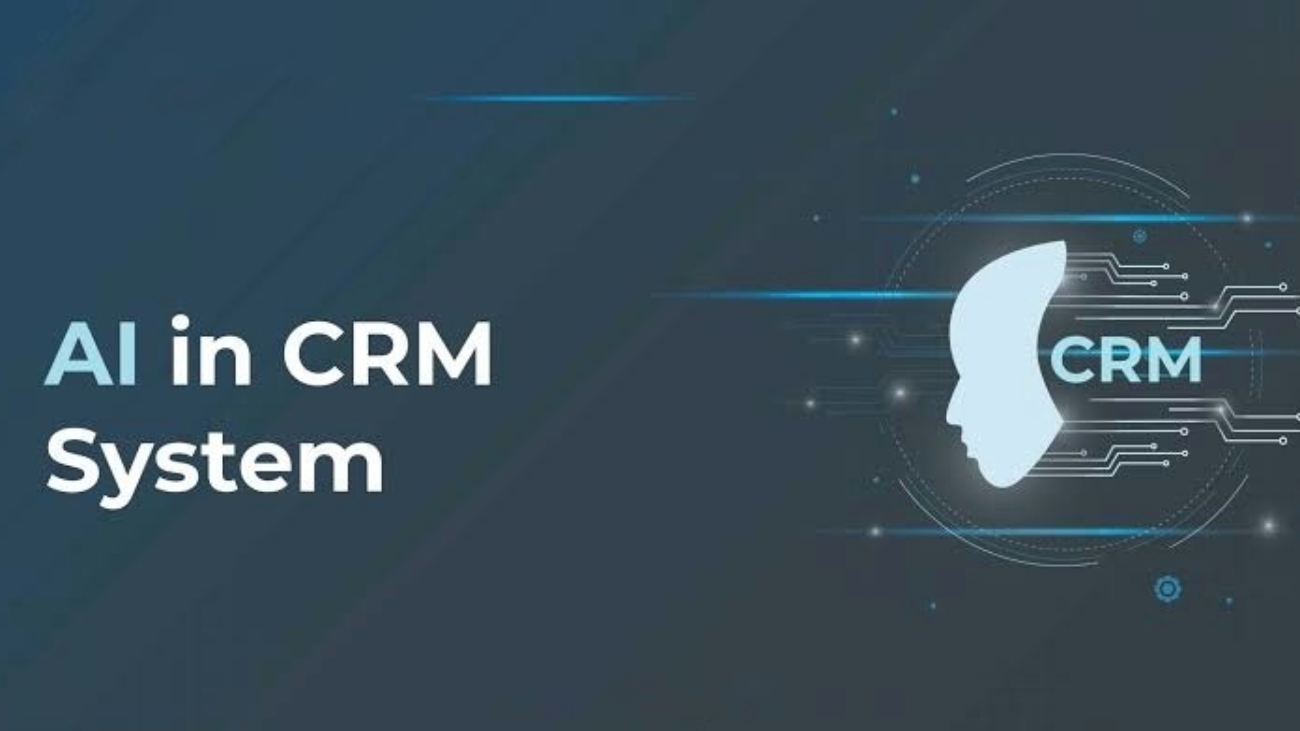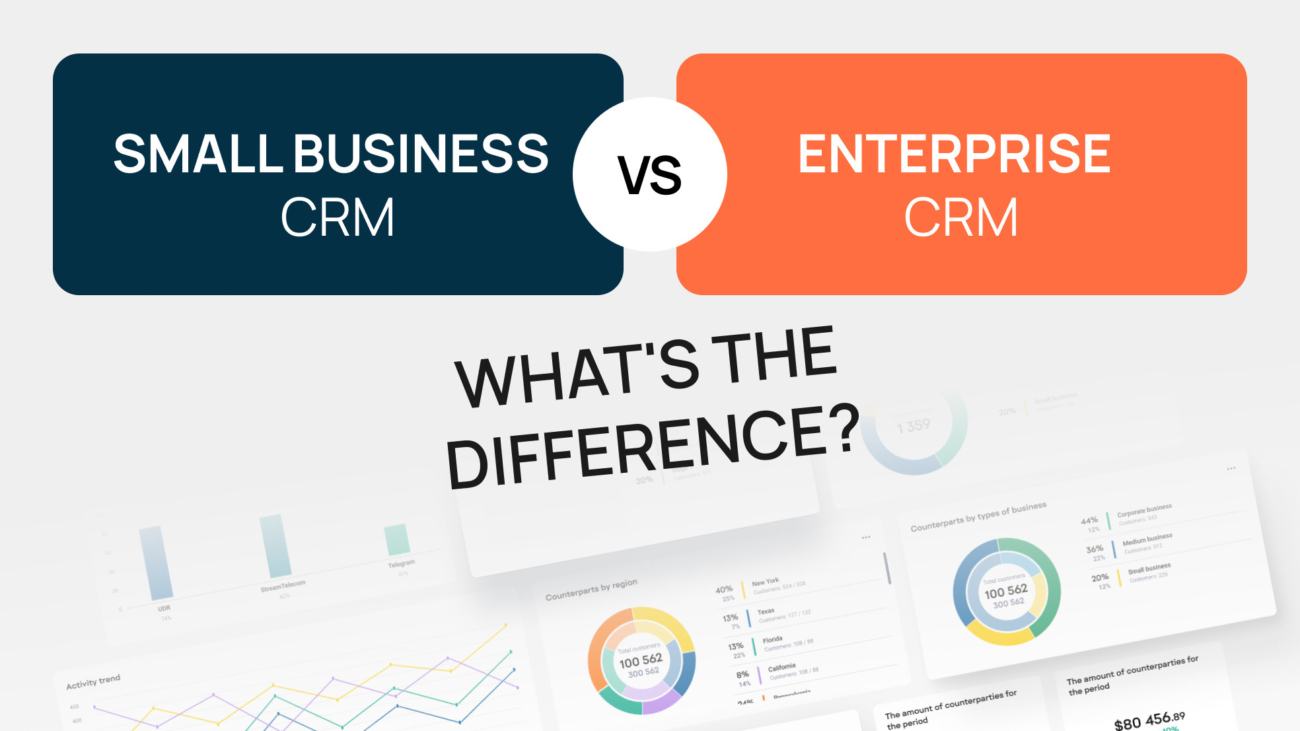Customer Relationship Management (CRM) systems have long been essential for managing customer interactions and data. However, the integration of Artificial Intelligence (AI) is transforming CRM into a more powerful, intelligent, and predictive tool. AI-powered CRM is revolutionizing how businesses interact with their customers, driving efficiencies, and providing deeper insights. This comprehensive exploration of AI-powered CRM delves into how artificial intelligence is reshaping the landscape of customer relationship management, the benefits it offers, and the key trends to watch.
1. Introduction to AI in CRM
A. Understanding AI-Powered CRM
AI-powered CRM systems leverage artificial intelligence technologies to enhance traditional CRM functionalities. By integrating AI, these systems can automate processes, predict customer behavior, and provide advanced analytics. AI capabilities in CRM include:
- Natural Language Processing (NLP): Enables systems to understand and process human language, facilitating better communication with customers.
- Machine Learning (ML): Allows systems to learn from data and improve their performance over time without explicit programming.
- Predictive Analytics: Uses historical data to forecast future trends and customer behaviors.
B. Evolution of CRM with AI
Traditional CRM systems focused on managing customer interactions and data. However, as businesses increasingly rely on data and technology, AI integration has introduced new dimensions:
- From Reactive to Proactive: AI enables CRM systems to not only react to customer inquiries but also anticipate and address needs before they arise.
- Enhanced Personalization: AI allows for a deeper level of personalization, tailoring interactions and recommendations based on detailed customer insights.
- Automation of Routine Tasks: AI automates repetitive tasks, freeing up time for employees to focus on higher-value activities.
2. Key Benefits of AI-Powered CRM
A. Improved Customer Insights
AI-powered CRM systems offer advanced analytical capabilities, providing businesses with comprehensive insights into customer behavior:
- Customer Segmentation: AI analyzes data to segment customers into distinct groups based on behavior, preferences, and demographics. This enables targeted marketing and personalized communication.
- Sentiment Analysis: AI tools assess customer sentiment from interactions, reviews, and social media, helping businesses understand customer opinions and address issues proactively.
- Behavioral Predictions: Machine learning algorithms predict future customer behaviors, such as likelihood to purchase, churn risk, and engagement levels.
B. Enhanced Customer Engagement
AI-driven CRM enhances customer engagement by delivering personalized experiences and timely interactions:
- Personalized Recommendations: AI algorithms recommend products, services, and content based on individual customer preferences and past behavior. For instance, e-commerce platforms use AI to suggest items based on browsing history.
- Automated Communication: AI-powered chatbots and virtual assistants provide instant, personalized responses to customer inquiries, improving response times and satisfaction.
- Dynamic Content: AI helps create dynamic content that adapts to user preferences, enhancing engagement and interaction quality.
C. Increased Efficiency and Productivity
AI integration in CRM systems streamlines processes and boosts productivity:
- Task Automation: AI automates routine tasks such as data entry, lead scoring, and appointment scheduling, reducing manual effort and errors.
- Workflow Optimization: AI-driven workflow automation improves efficiency by streamlining processes and ensuring that tasks are completed on time.
- Resource Allocation: AI helps allocate resources effectively by analyzing data on customer interactions and sales performance, optimizing team workloads and performance.
D. Data-Driven Decision Making
AI-powered CRM systems provide actionable insights that support informed decision-making:
- Real-Time Analytics: AI delivers real-time analytics and reports, allowing businesses to make data-driven decisions quickly.
- Predictive Insights: AI algorithms forecast trends and outcomes, helping businesses anticipate market changes and customer needs.
- Performance Metrics: AI tracks and analyzes key performance indicators (KPIs), providing a clear view of business performance and areas for improvement.
3. AI-Powered CRM Features and Capabilities
A. Advanced Customer Analytics
AI-powered CRM systems offer sophisticated analytics capabilities:
- Customer Lifetime Value (CLV) Prediction: AI predicts the potential value of customers over their lifetime, guiding marketing and sales strategies.
- Churn Prediction: Machine learning algorithms identify customers at risk of churning, enabling businesses to implement retention strategies.
- Engagement Scoring: AI assesses customer engagement levels, helping businesses prioritize high-value interactions and opportunities.
B. Intelligent Automation
AI-driven automation transforms how businesses manage customer relationships:
- Lead Scoring and Qualification: AI automatically scores and qualifies leads based on historical data and engagement metrics, prioritizing high-potential prospects.
- Email Campaigns: AI personalizes email content and timing based on customer behavior and preferences, improving open and conversion rates.
- Customer Service Automation: AI-powered chatbots handle routine customer service inquiries, providing instant responses and freeing up human agents for complex issues.
C. Predictive Analytics
AI enhances CRM systems with predictive capabilities:
- Sales Forecasting: AI analyzes historical sales data to forecast future sales, helping businesses plan and allocate resources effectively.
- Campaign Effectiveness: AI predicts the success of marketing campaigns based on historical data, optimizing marketing strategies and budget allocation.
- Customer Behavior: AI predicts customer behaviors such as purchasing patterns, allowing businesses to tailor offers and interactions.
D. Natural Language Processing (NLP)
NLP capabilities enhance CRM systems by enabling better communication:
- Voice and Text Interaction: NLP allows CRM systems to understand and process voice and text inputs, facilitating more natural interactions with customers.
- Sentiment and Emotion Detection: NLP analyzes customer sentiment and emotions from text, providing insights into customer satisfaction and potential issues.
- Automated Content Creation: NLP generates personalized content and responses, improving communication efficiency and relevance.
4. Real-World Applications of AI-Powered CRM
A. Customer Service and Support
AI-powered CRM systems are transforming customer service:
- 24/7 Support: AI chatbots provide round-the-clock support, handling common queries and issues without human intervention.
- Efficient Ticketing: AI automates ticket creation and routing, ensuring that customer issues are addressed by the appropriate support team.
- Proactive Support: AI predicts and addresses potential customer issues before they escalate, improving overall support quality.
B. Sales and Marketing
AI-driven CRM enhances sales and marketing efforts:
- Lead Generation: AI identifies and generates high-quality leads based on data analysis and engagement metrics.
- Campaign Optimization: AI optimizes marketing campaigns by analyzing performance data and adjusting strategies in real-time.
- Sales Forecasting: AI provides accurate sales forecasts, helping sales teams plan and execute strategies effectively.
C. E-Commerce
AI-powered CRM systems are revolutionizing e-commerce:
- Personalized Shopping Experience: AI recommends products based on browsing history and preferences, enhancing the shopping experience.
- Dynamic Pricing: AI adjusts pricing based on demand, competition, and customer behavior, maximizing revenue and profitability.
- Customer Retention: AI analyzes customer behavior to implement targeted retention strategies and loyalty programs.
5. Challenges and Considerations
A. Data Privacy and Security
AI-powered CRM systems must address data privacy and security concerns:
- Data Protection: Ensuring the security of customer data and compliance with privacy regulations (e.g., GDPR, CCPA) is crucial.
- Transparency: Businesses must be transparent about how AI is used and how customer data is processed.
B. Integration and Implementation
Integrating AI into existing CRM systems can be challenging:
- System Compatibility: Ensuring compatibility between AI solutions and existing CRM systems is essential for seamless integration.
- Training and Adoption: Training staff to effectively use AI-powered CRM tools and ensuring smooth adoption are critical for success.
C. Ethical Considerations
AI implementation must consider ethical implications:
- Bias and Fairness: AI algorithms must be designed to avoid bias and ensure fair treatment of all customers.
- Transparency and Accountability: Businesses must be transparent about AI decision-making processes and accountable for outcomes.
6. Future Trends in AI-Powered CRM
A. Enhanced Personalization
Future AI-powered CRM systems will offer even more advanced personalization:
- Hyper-Personalization: AI will deliver highly personalized experiences based on real-time data and context, improving customer satisfaction and engagement.
- Contextual Recommendations: AI will provide recommendations based on current customer context, such as location, time, and behavior.
B. Advanced Predictive Analytics
Predictive analytics will become more sophisticated:
- Deep Learning: Deep learning algorithms will enhance predictive capabilities, providing more accurate forecasts and insights.
- Real-Time Predictions: AI will deliver real-time predictions and recommendations, enabling businesses to respond quickly to changing customer needs.
C. AI-Driven Automation
Automation will continue to evolve:
- Process Automation: AI will automate complex processes and workflows, further improving efficiency and productivity.
- Intelligent Task Management: AI will manage tasks and priorities based on data-driven insights, optimizing resource allocation.
D. Integration with Emerging Technologies
AI-powered CRM systems will integrate with emerging technologies:
- IoT Integration: AI will leverage data from Internet of Things (IoT) devices to enhance customer interactions and experiences.
- Augmented Reality (AR) and Virtual Reality (VR): AI will enable immersive experiences through AR and VR, enhancing customer engagement and support.
7. Conclusion
AI-powered CRM is revolutionizing customer relationship management by enhancing customer insights, automating routine tasks, and enabling personalized interactions. The integration of AI technologies such as machine learning, natural language processing, and predictive analytics is transforming CRM systems into intelligent, proactive tools that drive efficiency and improve customer experiences.
As AI continues to evolve, businesses must address challenges related to data privacy, integration, and ethics while leveraging AI’s potential to gain a competitive edge. By staying abreast of the latest trends and innovations in AI-powered CRM, businesses can harness the power of artificial intelligence to achieve greater success and build stronger, more meaningful relationships with their customers.
In the rapidly changing landscape of CRM, AI is not just a technological advancement; it is a strategic asset that is redefining how businesses interact with their customers and drive growth.




